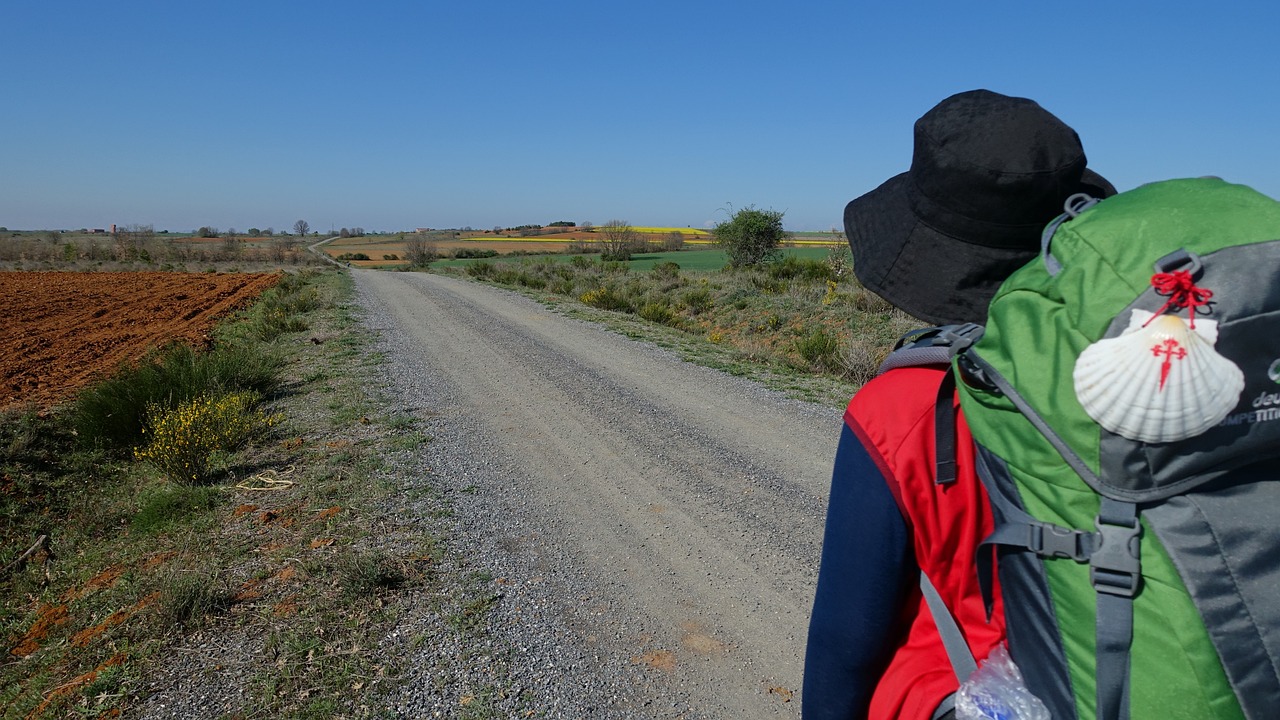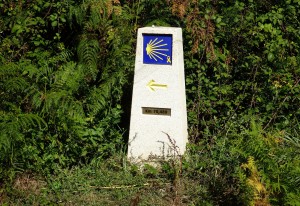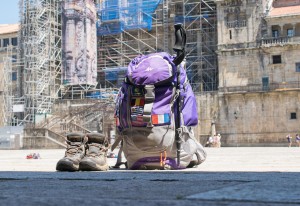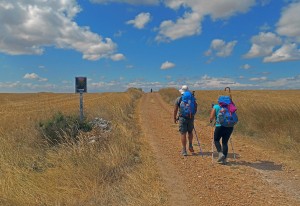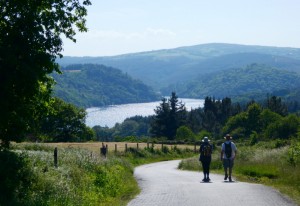Planning the Camino de Santiago is an exciting task but it can also generate many doubts and questions. Here are some of the most frequently asked questions that arise when planning the Camino de Santiago:
What is the best time to do the Camino de Santiago? The best time to do the Camino de Santiago will depend on your personal preferences and the weather conditions you want to find. The peak season is usually in summer, but if you prefer to avoid the crowds, autumn and spring are good options. If you prefer warmer weather, summer is the best time, although it is also the busiest time.
Which route is right for me? There are many different routes to do the Camino de Santiago, each with its own characteristics and difficulties. The choice of route will depend on your interests, physical condition, and the time available. The French route is the most popular and crowded, while the Northern route is more demanding but also more scenic. There are shorter routes such as the Portuguese Way or the English Way.
How long does it take to do the Camino de Santiago? The time it takes to do the Camino de Santiago depends on the route you choose and the amount of time you have available. On average, it takes between four and six weeks to do the French Way, while other routes may take less time.
What equipment do I need to bring for the Camino de Santiago? It is important to carry adequate and light equipment, including comfortable and sturdy shoes, a suitable backpack to carry the load, appropriate clothing for the season in which you are travelling, sunscreen and insect repellent.
Where can I sleep during the Camino de Santiago? There are many options for accommodation during the Camino de Santiago, from public hostels, hostels, hotels and pensions. Hostels are the cheapest option, but they can also be very crowded.
How can I get the pilgrim’s credential? The pilgrim’s credential can be obtained from various organisations such as the Association of Friends of the Camino de Santiago or at the Cathedral of Santiago itself. It is necessary to have the credential to obtain the Compostela.
What happens if I have a medical emergency during the Camino de Santiago? There are several emergency medical services available along the Camino de Santiago, and many albergues have first aid kits. It is important to have adequate medical insurance before starting the Camino.
How can I transport my luggage during the Camino de Santiago? There are several options for transporting luggage during the Camino de Santiago, including courier services, taxis, or even hiring a company specialising in luggage transport.
In summary, when planning the Camino de Santiago it is important to consider the time of year, the appropriate route, the time available, the necessary equipment, accommodation, the pilgrim’s credential, medical services and luggage transport.







